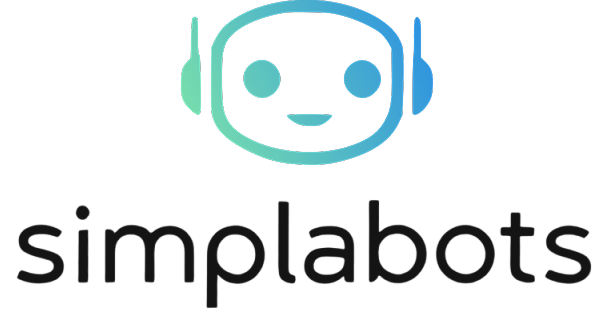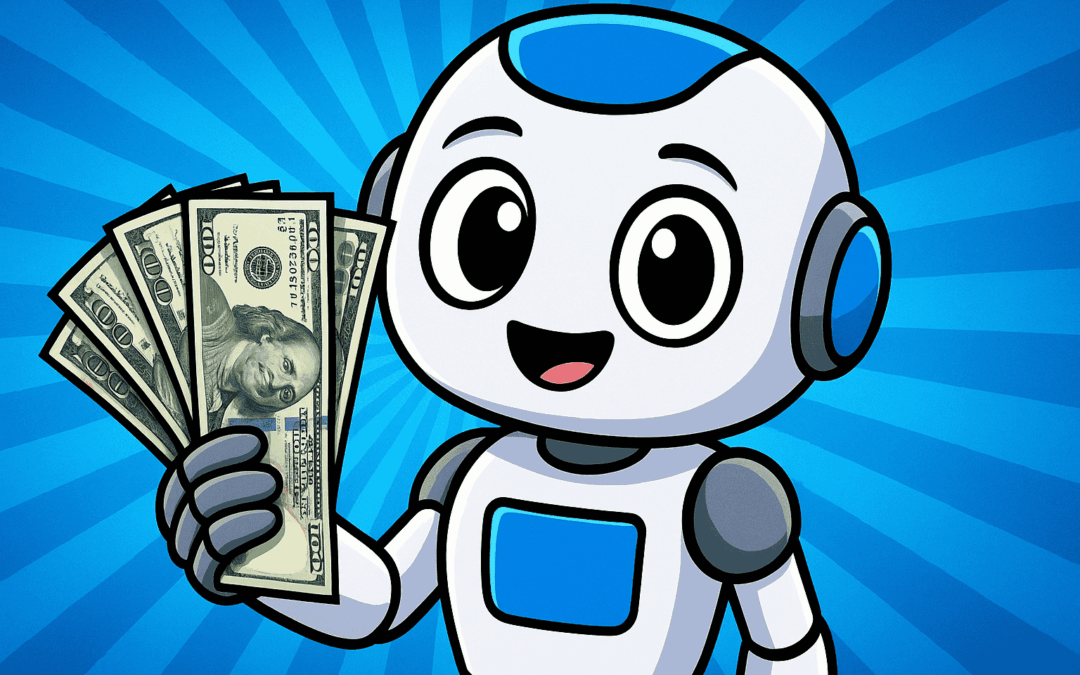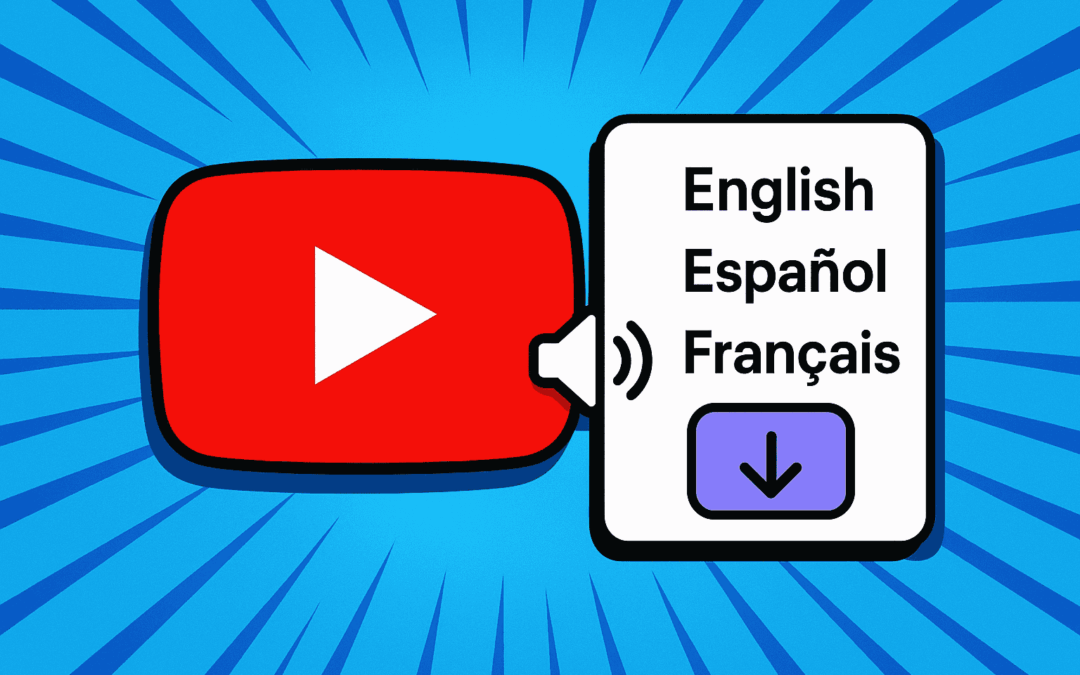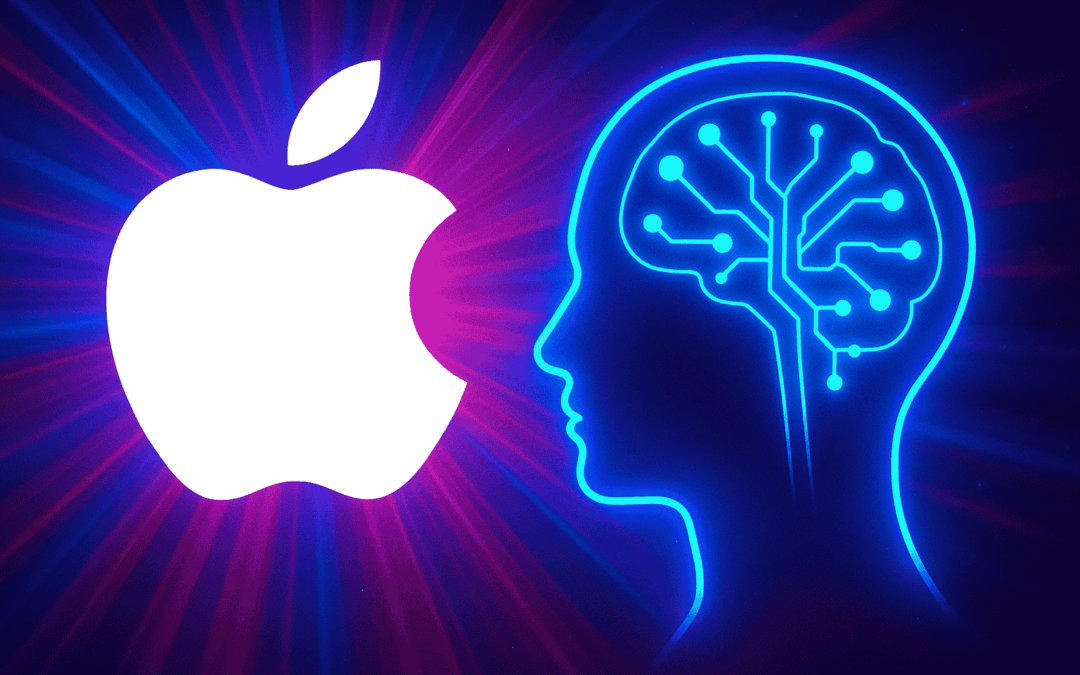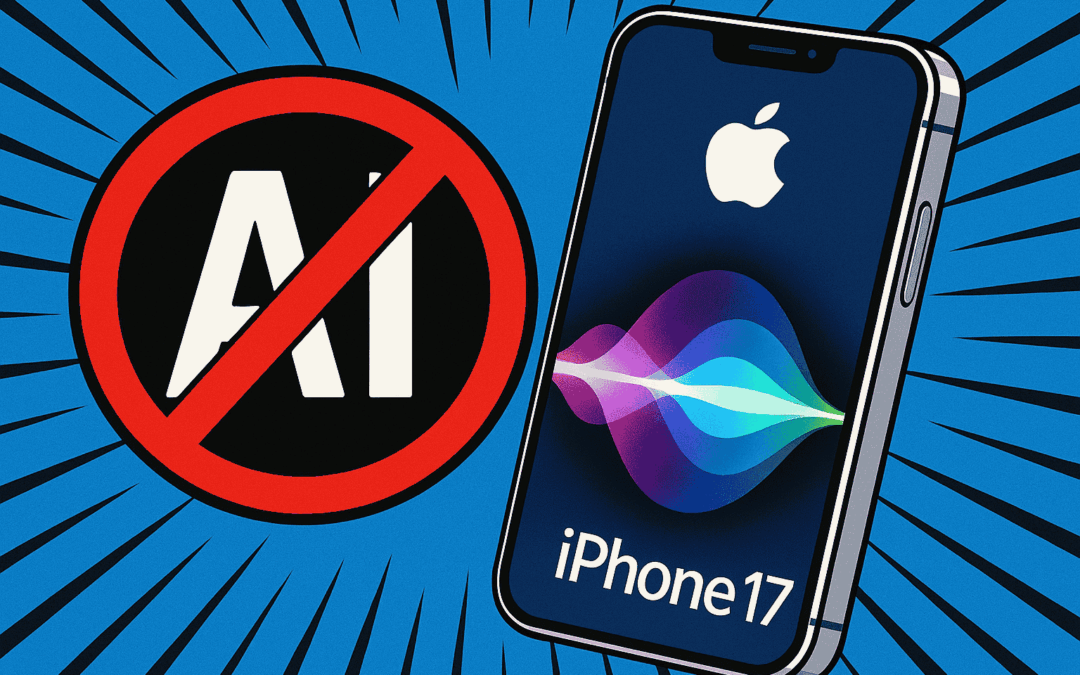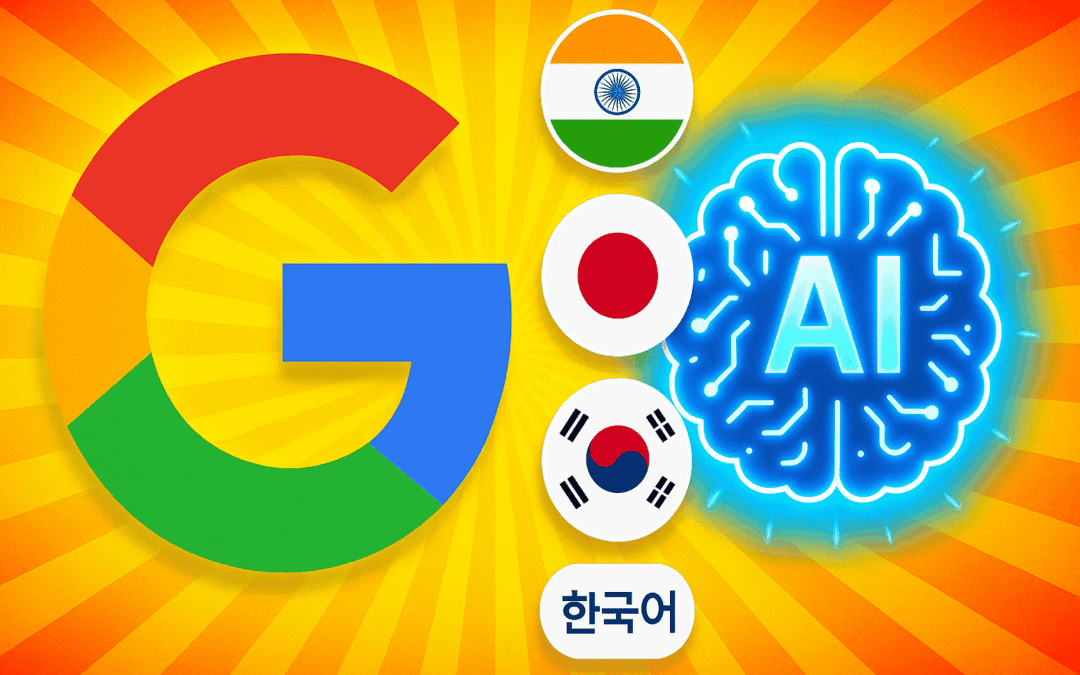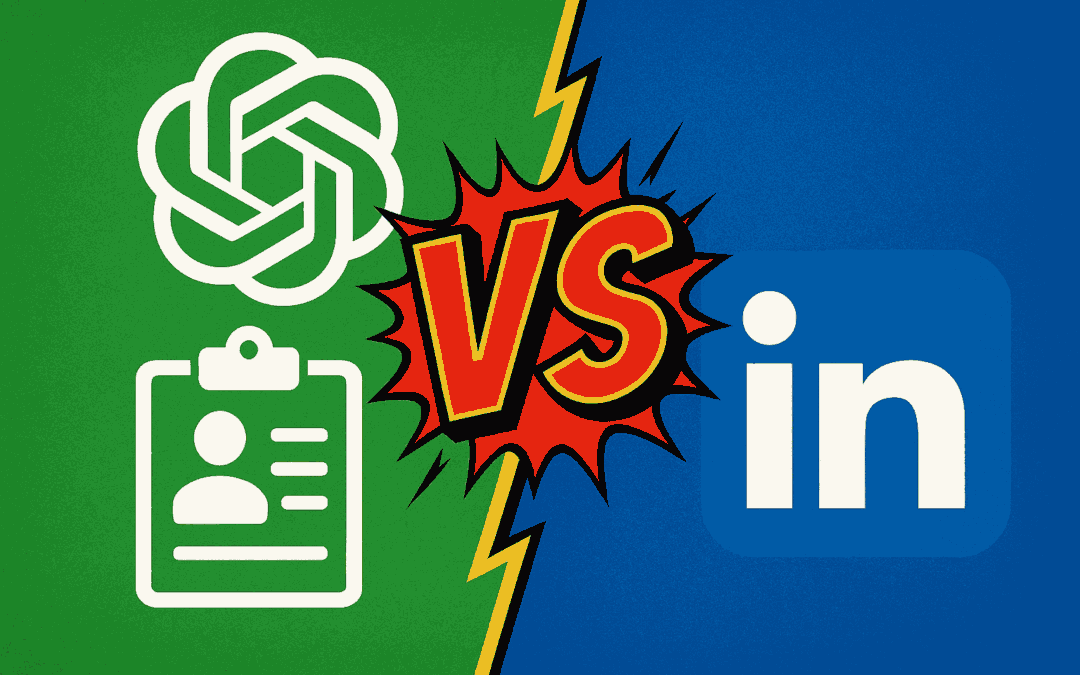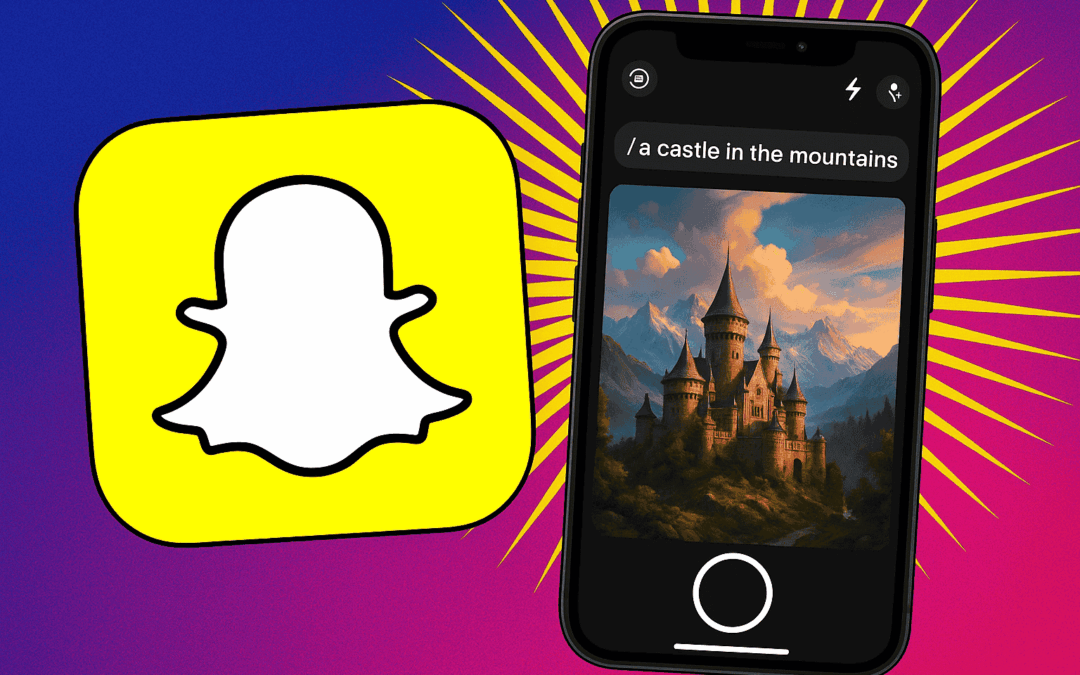Snapchat’s latest generative AI update pushes creative boundaries by letting users craft custom images through advanced text-to-image technology.
This move marks a significant leap for mainstream generative AI, emphasizing both accessibility and high engagement. Here’s a detailed analysis of what this means for innovators, developers, and the AI ecosystem at large.
Key Takeaways
- Snapchat introduces a generative AI Lens enabling users to create images from text prompts, making advanced visual AI widely accessible.
- This launch accelerates creative potential for consumer-facing platforms, shaping expectations for real-time AI-powered user interaction.
- Snapchat’s real-time LLM integration sets a high bar for seamless UX in generative AI tools, pushing competitors to evolve faster.
- The rapid mainstreaming of multimodal AI opens commercial, technical, and ethical opportunities—and challenges—for developers and startups.
Snapchat’s Generative AI Lens: A Closer Look
Snapchat announced a new Lens powered by generative AI that lets users instantly create images simply by entering text prompts. Users can type a short description, such as “space cat riding a skateboard,” and see a custom image rendered in seconds and overlaid in the camera view.
The underlying technology, leveraging advanced LLMs (likely based on diffusion models akin to Midjourney or Stable Diffusion), is engineered for real-time deployment in high-traffic settings.
Snapchat is turning the mainstream camera app into an AI-powered content creation platform, democratizing access to creative generative AI for millions.
Analysis: Push for Real-Time, Mainstream Generative AI
According to coverage from TechCrunch and The Verge, this update aims to embed seamless LLM-powered functionality directly into Snapchat’s core experience—not as a separate feature, but as a natural extension for all users. The integration brings several implications:
- Real-world deployment pressure: Developers working on LLMs and generative models now face increased demand for near-instantaneous rendering and image safety at scale.
- Increased creative engagement: The real-time, low-friction environment pushes user expectations, signaling opportunities for startups to innovate in rapid creative feedback and AI-enabled social experiences.
- Rising competition in user-generated AI content: With TikTok, Instagram, and Pinterest exploring similar features (as reported by Engadget and The Information), the monetization and moderation of AI-generated media accelerates across major tech players.
For developers, delivering low-latency, on-device, or edge-optimized LLMs is now a must—not a luxury—in consumer apps.
Opportunities and Challenges for the AI Community
Startups and AI engineers should monitor the evolving technical standards Snapchat sets for multimodal LLMs in the wild, from offensive content filtering to prompt engineering that prioritizes delightful, meaningful results. Key competitive factors will now include:
- Robust, real-time moderation pipelines to ensure safety and minimize bias in generative outputs
- Creative tooling APIs for third-party integrations and developer ecosystems
- Novel monetization models for AI-powered user-generated content
Ethical implementation also takes center stage—Snapchat’s approach will likely set precedents for how platforms approach content responsibility, consent, and user data protection in AI-driven media creation, as highlighted in Wired’s recent reporting.
What’s Next for AI in Consumer Apps?
The race to embed generative AI in everyday apps signals a paradigm shift in how audiences experience, share, and monetize creativity. Snapchat’s swift rollout will serve as a high-profile test case, with results shaping best practices for developers, startups, and enterprise AI professionals in 2025 and beyond.
Generative AI is no longer experimental—it’s a core part of social interaction on mainstream platforms.
Source: TechCrunch
